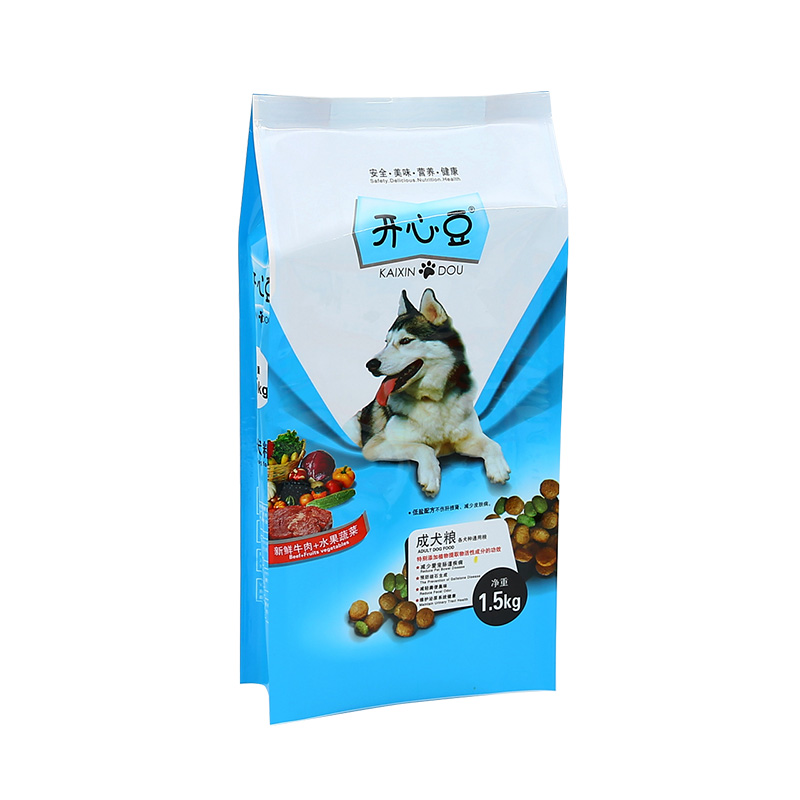From raw materials to finished goods, packaging is a critical link in the supply chain. PP cement bags and PP woven sacks, used extensively for cement, fertilizers, and grains, offer proven reliability in heavy-duty transport. At the same time, industries are exploring innovative solutions to balance durability with sustainability, reducing waste while maintaining performance.

PP woven sack bags are valued for their strength and reusability. Unlike traditional paper or plastic bags, these woven bags can withstand rough handling during transportation and storage. However, the production and disposal of these bags still contribute to waste and environmental pressure if not managed properly. By integrating smarter design principles, manufacturers can reduce the material required for each bag without compromising durability, thus reducing waste at the source.
One approach to waste reduction is optimizing the size and shape of PP cement bags. Traditional cement bags are often standardized in ways that do not fully account for the actual product volume or handling requirements. By tailoring bag dimensions to match the precise weight and density of cement, manufacturers can use less material while maintaining functionality. This not only reduces waste but also lowers transportation costs, as lighter bags contribute to decreased fuel consumption and improved logistics efficiency.
Another important factor in smarter bag design is the selection of sustainable materials packaging. Increasingly, manufacturers are exploring polypropylene blends that incorporate recycled content or are designed for easier recycling after use. Using recycled polypropylene in PP woven sack bags reduces reliance on virgin plastics and extends the lifecycle of materials. Additionally, coatings and additives can be engineered to enhance water resistance and durability without introducing substances that hinder recycling or biodegradability.
Durability and reusability are central to less waste in industrial packaging. Many PP cement bags can be designed for multiple uses, particularly in controlled storage or transportation environments. Reusing bags reduces the need for new production and decreases the volume of waste generated. In some industries, reconditioned bags are collected, cleaned, and refilled, which supports circularity and reduces overall environmental impact. Smarter bag design emphasizes creating products that maintain integrity over repeated use cycles, promoting efficiency and sustainability simultaneously.
Furthermore, innovations in closure and seam technologies contribute to waste reduction. Stronger and more consistent seams in PP woven sack bags prevent product leakage and damage, which can result in wasted materials and increased disposal costs. Sealing techniques that require less excess material while preserving strength are increasingly being adopted in sustainable packaging strategies. These improvements not only reduce material usage but also enhance operational efficiency by decreasing product loss during handling and shipping.
The integration of digital tools in bag design is another avenue for reducing waste. Computer-aided design (CAD) and simulation software allow manufacturers to model stress points, load distribution, and material requirements before production. For PP cement bags, this can translate into optimized weave patterns, reinforced corners, or alternative material layouts that use less polypropylene without sacrificing performance. By analyzing packaging performance virtually, manufacturers can do less trial-and-error production and reduce the amount of waste generated during prototyping.
Beyond manufacturing, smart bag design influences end-of-life management. Bags that are easier to sort, recycle, or repurpose support broader environmental goals. Clear labeling for material composition, instructions for reuse, and standardized bag sizes facilitate recycling programs and help reduce the environmental footprint of industrial packaging. By considering the full lifecycle of PP woven sack bags and PP cement bags, manufacturers can create solutions that align with sustainable materials packaging principles.
Reducing waste through smarter bag design is both an environmental and economic priority. By optimizing dimensions, selecting sustainable materials, enhancing durability, and improving closure methods, the industrial packaging sector can waste less without compromising performance. PP cement bags and PP woven sack bags remain essential components of bulk material transport, but their impact can be mitigated through thoughtful design and sustainable material choices. As industries continue to explore more efficient and eco-conscious packaging methods, the integration of smarter design strategies offers a tangible way to reduce waste while maintaining operational effectiveness.


 English
English Español
Español عربى
عربى
